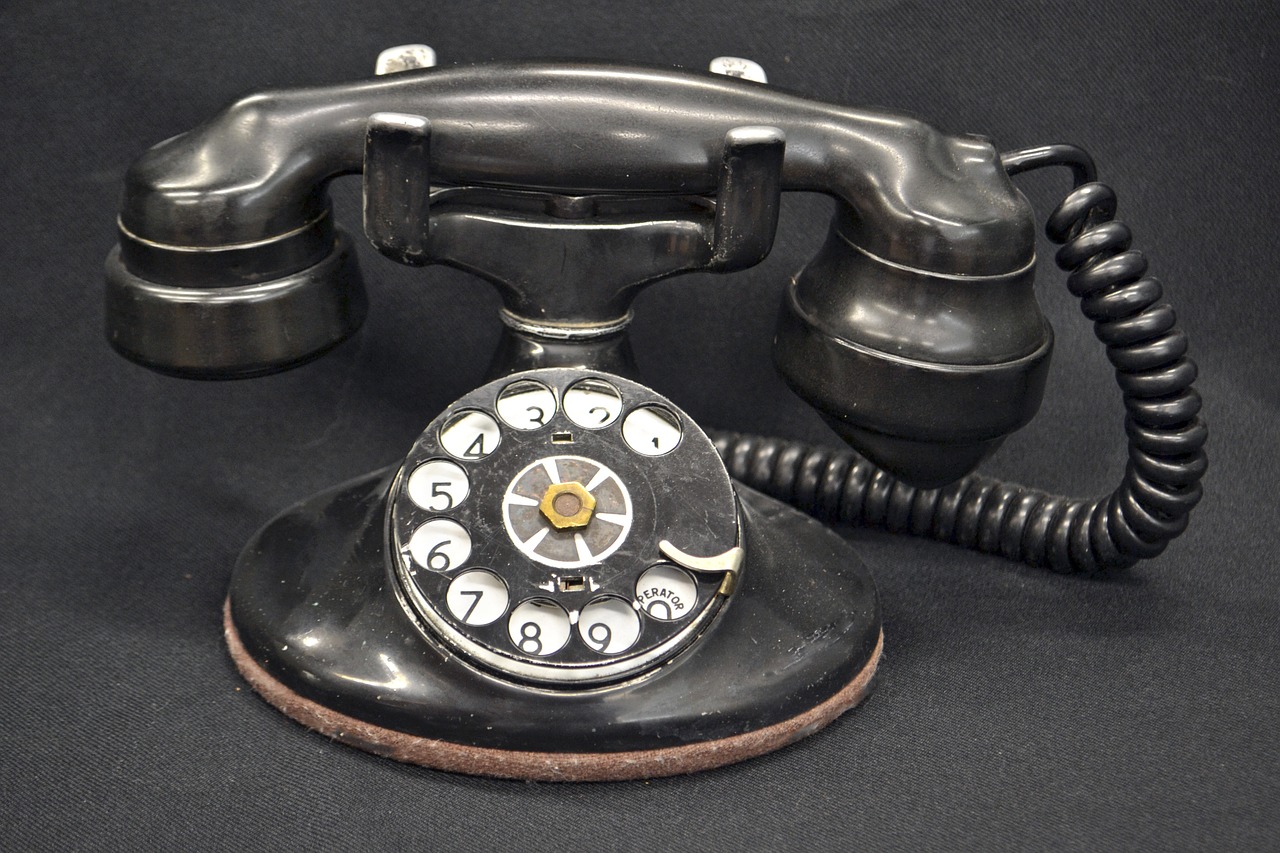The Art of Mindful Communication: Deepening Connections Through Active Listening
Communication is an essential part of human interaction, allowing us to connect with others, share our thoughts and feelings, and build relationships. However, in today’s fast-paced world, it’s easy to fall into patterns of distracted and surface-level communication, which can lead to misunderstandings, conflict, and a lack of meaningful connections.
One way to enhance our communication skills and deepen our connections with others is through the practice of mindful communication, which involves being fully present and engaged in our interactions. At the core of mindful communication is active listening, a skill that involves not only hearing the words that are being spoken but also understanding the underlying emotions and intentions behind them.
Benefits of Mindful Communication
Practicing mindful communication can bring a range of benefits, both personally and professionally. By developing active listening skills and being fully present in our interactions, we can:
- Build trust and rapport with others
- Resolve conflicts more effectively
- Improve our relationships and connections
- Enhance our emotional intelligence
- Boost our overall communication skills
Keys to Mindful Communication
There are several key elements to mindful communication, with active listening playing a central role. Here are some essential strategies for practicing mindful communication:
1. Be Fully Present
One of the most important aspects of mindful communication is being fully present in the moment. This means putting aside distractions, such as smartphones or other devices, and giving your full attention to the person you are speaking with. Being present helps you to listen more effectively and understand the nuances of the conversation.
2. Practice Active Listening
Active listening is a crucial skill in mindful communication. This involves not only hearing the words that are being spoken but also paying attention to non-verbal cues, such as body language and tone of voice. By actively listening, you can better understand the emotions and intentions behind the words, leading to more meaningful and empathetic communication.
3. Show Empathy and Understanding
Empathy is another important aspect of mindful communication. By putting yourself in the other person’s shoes and trying to understand their perspective, you can create a deeper connection and foster positive communication. Showing empathy and understanding can help to build trust and rapport with others.
4. Ask Open-Ended Questions
Asking open-ended questions is a great way to encourage deeper and more meaningful conversations. By asking questions that cannot be answered with a simple “yes” or “no,” you can prompt the other person to share more about their thoughts and feelings, leading to a richer exchange of ideas.
5. Avoid Judgment and Assumptions
One of the pitfalls of communication is making assumptions or passing judgment on the other person. In mindful communication, it’s important to suspend judgment and approach the conversation with an open mind. By avoiding assumptions and allowing the other person to express themselves freely, you can create a more respectful and supportive environment for communication.
6. Practice Mindful Breathing
Practicing mindful breathing can help you to stay calm and focused during conversations. By taking deep breaths and focusing on your breathing, you can become more grounded and present in the moment. Mindful breathing can also help to reduce stress and anxiety, allowing you to communicate more effectively.
FAQs
What is mindful communication?
Mindful communication is a practice that involves being fully present and engaged in conversations, listening actively, and showing empathy and understanding towards others. It focuses on enhancing the quality of communication and building deeper connections with others.
How can mindful communication improve relationships?
By practicing mindful communication, individuals can build trust and rapport with others, resolve conflicts more effectively, and improve their overall communication skills. Mindful communication can also help to foster emotional intelligence and enhance relationships both personally and professionally.
What are some tips for practicing mindful communication?
- Be fully present in the moment
- Practice active listening
- Show empathy and understanding
- Ask open-ended questions
- Avoid judgment and assumptions
- Practice mindful breathing
By incorporating mindful communication into our interactions, we can deepen our connections with others, foster more meaningful relationships, and enhance our overall well-being. Through the practice of active listening and other key strategies, we can become more effective communicators and create a more positive and supportive environment for communication.







